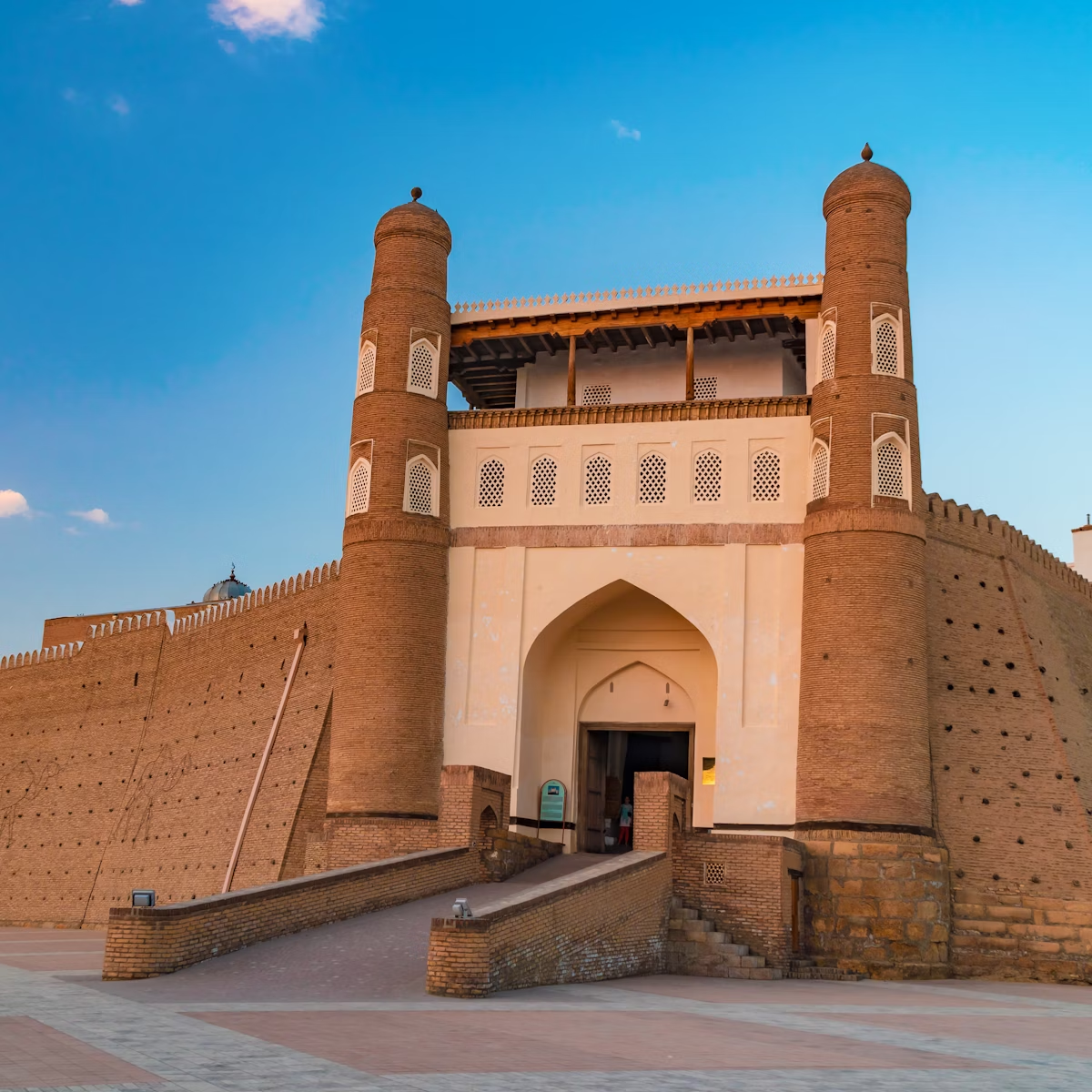Between the two covered bazaars, in what was the old herb-and-spice bazaar, is Central Asia’s oldest surviving mosque, the Maghoki-Attar, a lovely mishmash of 9th-century facade and 16th-century reconstruction. This is probably also the town’s holiest spot: in the 1930s archaeologists found under it bits of a 5th-century Zoroastrian temple ruined by the Arabs and an earlier Buddhist temple.
According to legend, the mosque survived the Mongols by being buried by locals in sand. Indeed, only the top of the mosque was visible when the digging began in the 1930s; the present plaza surrounding it is the 12th-century level of the town. A section of the excavations has been left deliberately exposed inside. The building today ostensibly functions as an interesting museum exhibiting Solor and Ersari Turkmen carpets (so-called 'Bukhara' carpets are almost always Turkmen).
Climb a couple of stairs in the corner of the mosque for a view of the charred Zoroastrian remains. You will often find melted candles and evidence of small fires in the exterior niches of the building, a sign that Zoroastrian influence in Uzbek folk culture runs deep.
The charming staff will tell you that until the 16th century, Bukhara’s Jews are said to have used the mosque in the evenings as a synagogue – a wonderful image of the cosmopolitan tolerance that was once such a part of Bukhara's identity.
The foundations surrounding the mosque once belonged to a series of bathhouses and caravanserai.






